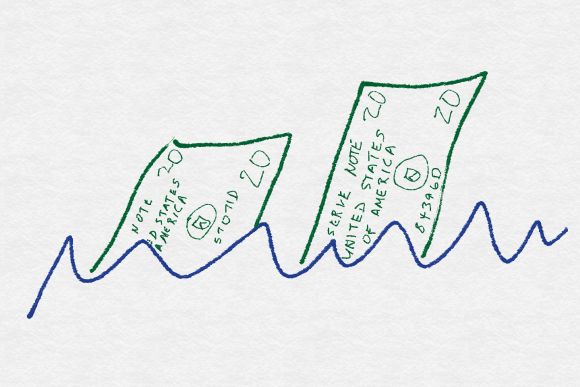Liquidated damages clauses stipulate in advance the amount of damages a party will have to pay if it breaches a contract. Because a breach of contract action requires proof of damages, liquidated damages provisions can be a useful tool in circumstances where proving damages would be difficult. Examples of liquidated damages clauses include assessment of an administrative fee for late payment, per diem damages for late completion of a construction contract, and an earnest money deposit in a real estate contract.
Penalties aren’t enforceable
Courts–including those in Missouri–will generally enforce liquidated damages clauses. However, as I noted in Liquidated Damages Can Be Your Friend, But Don’t Overreach, courts will not enforce clauses where the stipulated damages amount is so high as to constitute a penalty or so low that enforcing it would be unconscionable. Missouri has adopted section 356 of the Restatement (Second) of Contracts, which states, “Damages for breach by either party may be liquidated in the agreement but only at an amount that is reasonable in the light of the anticipated or actual loss caused by the breach and the difficulties of proof of loss. A term fixing unreasonably large liquidated damages is unenforceable on grounds of public policy as a penalty.”
Liquidated damages, actual damages, or both
As a general rule, if a contract contains a liquidated damages clause, the non-breaching party will be awarded the liquidated damages amount, but not their actual damages, even if their actual damages are higher than the liquidated damages. So, for example, in Warstler v. Cibrian, 859 S.W.2d 164 (Mo. Ct. App. 1993), the Missouri Court of Appeals awarded a $2,000 earnest money deposit to the seller under a real estate purchase agreement when the buyer refused to close, even though the seller’s actual damages were $9,850.
This general rule can be overcome by the parties’ agreement, however. So if a contract gives the aggrieved party the right to choose between accepting liquidated damages or proving actual damages, Missouri courts will honor that agreement. In Hoelscher v. Schenewerk, 804 S.W.2d 828 (Mo. Ct. App. 1991), for example, the court awarded the seller actual damages in a real estate dispute similar to that in Warstler. The difference in outcome was based on language in the contract at issue in Hoelscher that gave the seller the right to choose between liquidated damages and proving actual damages.
In some circumstances, a party will be able to recover both liquidated damages and actual damages. But this is only permitted when the liquidated damages clause applies to one injury, while an additional injury is also suffered. In Trapp v. Barley, 897 S.W.2d 159 (Mo. Ct. App. 1995), for example, the court awarded an earnest money deposit to the sellers as liquidated damages when the buyer refused to close on the purchase of real estate. The court also awarded the sellers $9,810 for construction costs incurred at the buyers’ request. Since refusal to close and incurring construction costs were two separate injuries, the award of both liquidated damages and actual damages was appropriate. (“Because [the sellers’] liquidated damages and ‘extra construction cost’ damages remedied different injuries, they were not duplicative.”)
It’s also important to note that Missouri courts require a showing of at least some actual harm before they will enforce a liquidated damages clause. See, for example, Arcese v. Daniel Schmitt & Co. (Mo. Ct. App. 2016). Otherwise, the liquidated damages clause will be deemed a penalty, and nominal damages will be awarded.


